Jade vs Jadeite vs Nephrite: Jade has been prized for centuries for its beauty, toughness, and spiritual significance. But did you know that there are different types of jade? Jadeite and nephrite both fall under the jade umbrella, but they have distinct differences that affect their value and uses.
In this blog, we will explore the intricacies of each type of jade, from its physical properties to its spiritual significance and healing benefits. We will also debunk common myths about jade and teach you how to distinguish between the three types. Whether you’re a collector or just curious about this beautiful stone, read on to discover the fascinating world of jade.
Understanding Jade: An Overview
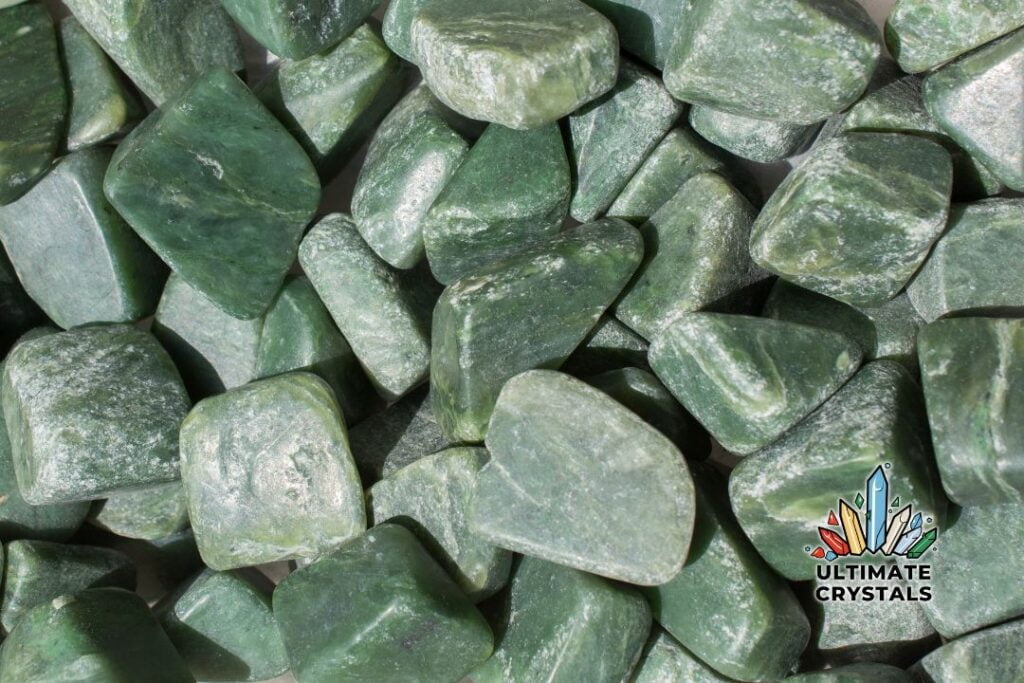
Jade, a metamorphic rock, holds spiritual and cultural significance as the “stone of heaven,” offering healing properties and bringing good fortune. Nephrite and jadeite are durable and lustrous, symbolizing growth, harmony, and balance in sought-after gemstones.
A Brief History of Jade
Derived from “piedra de ijada,” jade has endured for millennia, symbolizing good luck and spiritual significance in Chinese and Maori cultures. Dating back to 5000 BC, it has been used to create jewelry and religious artifacts, reflecting its enduring cultural relevance.
Different Types of Jade
- Nephrite, also known as “mutton fat jade,” is prized for its smooth, waxy luster and varied colors.
- White nephrite, or “chicken bone jade,” is rare and valued for its translucency.
- Imperial jade is highly sought-after for its emerald green color.
- Lavender jadeite is esteemed for its soothing hues and symbolic significance.
The Intricacies of Jadeite
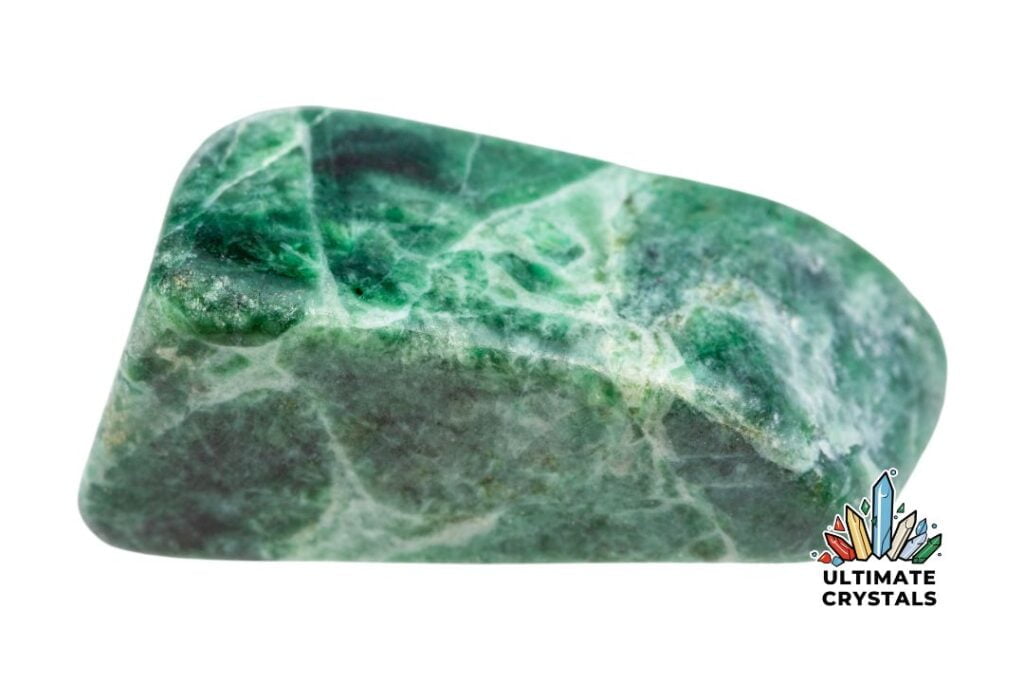
Imperial jadeite, with its translucent emerald green color, holds spiritual significance and is certified by the International Gem Society. Its enduring beauty and symbolic designs make it a preferred piece of jade for spiritual adornment.
Physical Properties of Jadeite
Jadeite, a calcium-rich gemstone, boasts a durability of 6.5 to 7 on the mohs scale. Its varying translucency and natural hues, from imperial green to moss green, influence its value and rarity. Renowned for luster and transparency, imperial jadeite is highly prized within the jade family.
Popular Uses of Jadeite
- Jadeite has been historically used by Chinese artisans to create symbolic carvings and spiritual jewelry pieces.
- This cherished gemstone, with its enduring beauty, embodies cultural significance.
- It is believed to bring good fortune and protection to the wearer.
Exploring the World of Nephrite
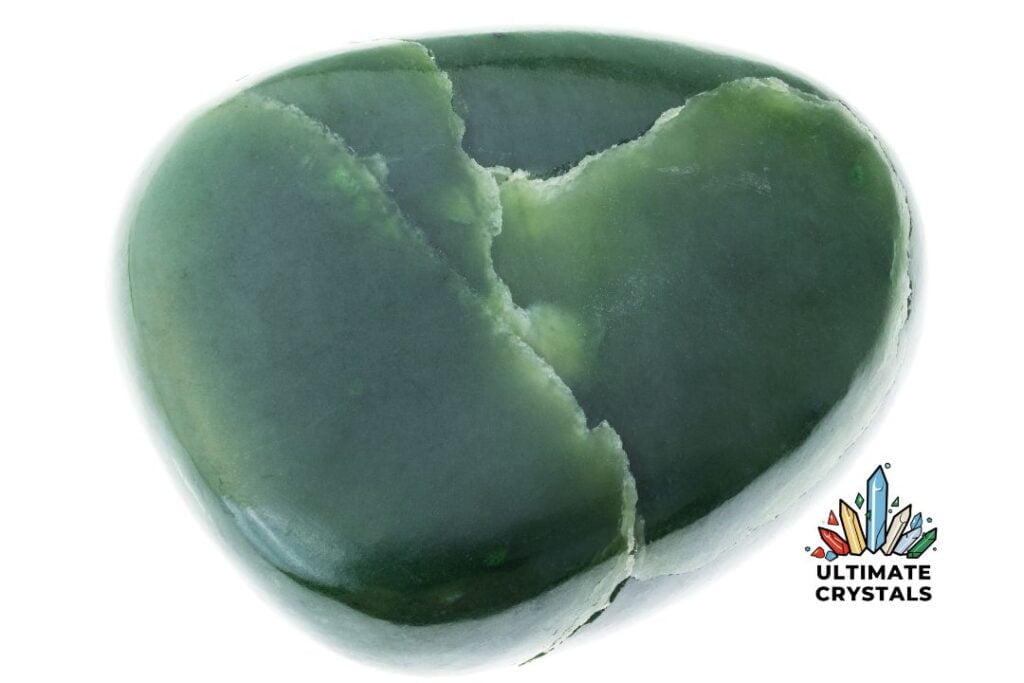
Nephrite, a piece of real jade, is treasured for its durability and spiritual significance. It is used to create beads, bracelets, and pendants symbolizing good luck, protection, and healing properties, representing good fortune and clarity.
Characteristics of Nephrite
Nephrite, associated with spiritual purity and good fortune, boasts translucency and durability, making it ideal for carving. With its luster, it has been used for ancient artifacts and jewelry, embodying a connection to nature and growth.
Why Nephrite is Valued
- Nephrite is revered for its durability and embodies spiritual and healing properties.
- It is worn as talismans symbolizing good luck, prosperity, and protection.
- Nephrite holds significant cultural and historical importance and has been passed down through generations.
- It is a symbol of enduring love and harmony.
Jade vs Jadeite vs Nephrite: Spotting the Differences
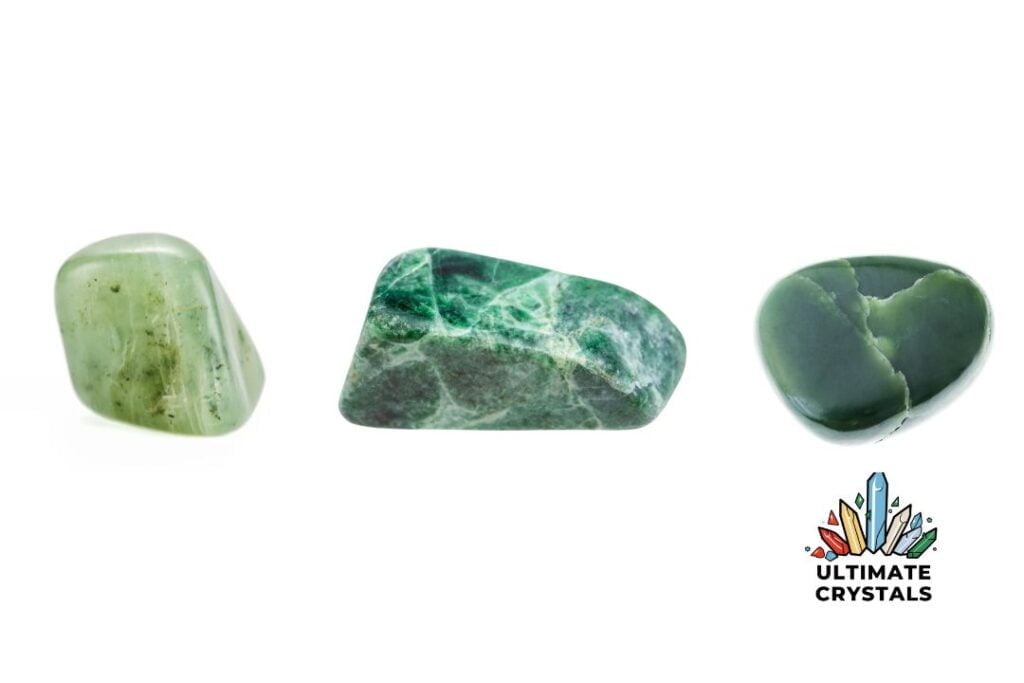
The distinctions among NLP terms piece of jade, piece of jadeite, and real jade are found in their color, hardness, and cultural significance. Alexis Damour, a French mineralogist, differentiated the two minerals in the 1860s, with jadeite originating from Guatemala and nephrite from Russia and California.
Color Variations in Jade, Jadeite, and Nephrite
- Jade vs jadeite vs nephrite hold great spiritual significance in various practices.
- Each color represents different qualities such as good health, balance, growth, harmony, luck, and positivity.
- They are highly sought after for jewelry making and carving.
- The apple green color of jade is believed to represent growth and vitality while imperial jade symbolizes fortune and prosperity.
- Jadeite comes in a range of colors from lavender to black and is said to embody the energies of love and abundance.
- Nephrite’s deep greens are thought to promote emotional healing and bring about inner peace.
- These gemstones are valuable not just for their aesthetic appeal but also for their spiritual qualities.
Texture and Hardness Contrast
The textures and translucency of nephrite and jadeite jade vary, with differences in clarity and durability. Nephrite’s good fortune and healing properties make it treasured, while jadeite boasts imperial green translucency and is highly prized.
Jade vs Jadeite vs Nephrite: Which Holds More Value?
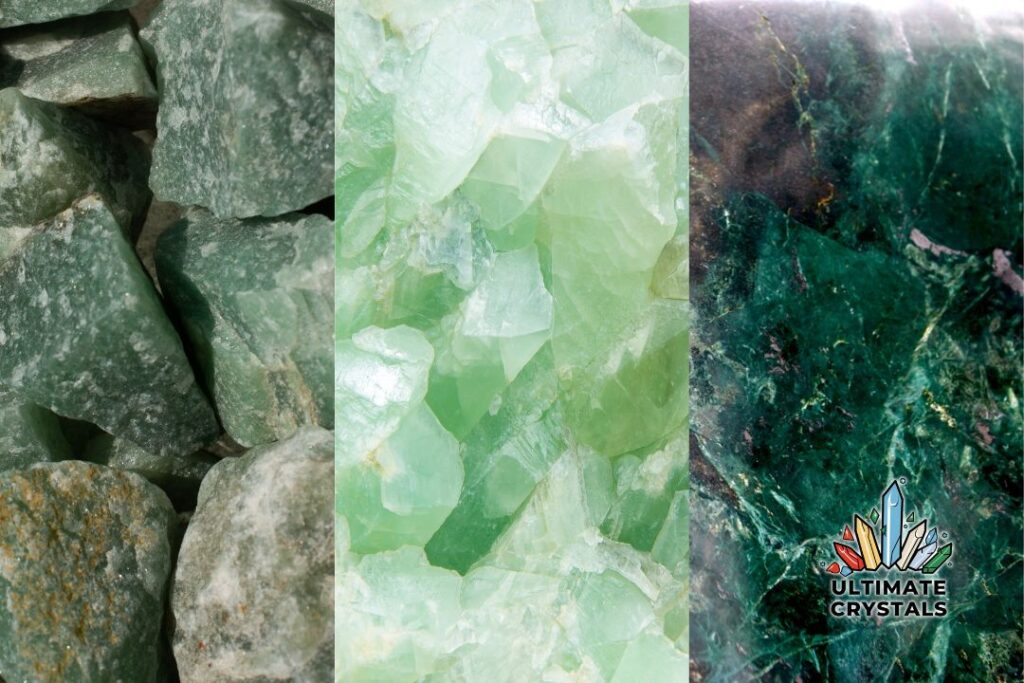
While determining the value of Jade vs jadeite vs nephrite, it’s important to consider factors beyond monetary worth. Each type holds distinct spiritual, emotional, and physical healing attributes. Additionally, the form and quality factors, such as durability, transparency, and color, contribute to their overall value. Understanding these differences allows for a true appreciation of their worth.
Factors Influencing the Value
- The value of nephrite, jadeite, and jade is influenced by rarity, quality, color variety, cultural significance, and spiritual beliefs.
- Good luck, fortune, transparency, durability, and specific hues play a role in impacting their commercial value.
- The rare green nephrite, imperial jade, and white nephrite are especially valued.
Market Trends and Demand
- The demand for jewelry, beads, and carving pieces made from Jade vs jadeite vs nephrite reflects their spiritual and healing significance.
- Market trends are influenced by color preferences, spiritual beliefs, and international gem society standards.
- The timeless appeal and metaphysical properties of these stones influence market demand and pricing.
Metaphysical Properties of Jade vs Jadeite vs Nephrite
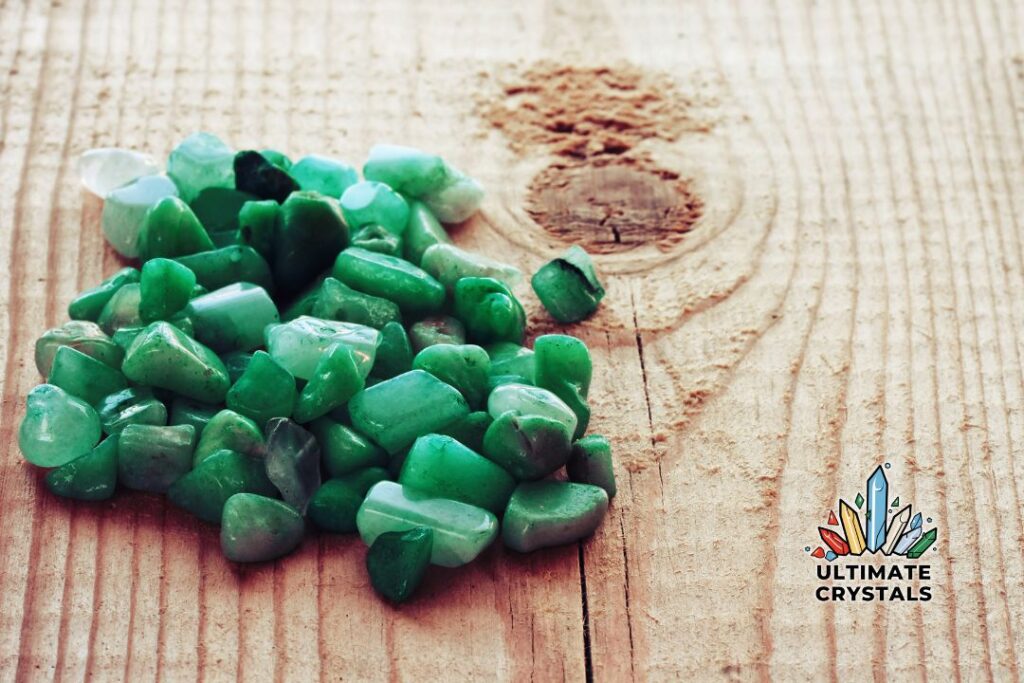
Revered for spiritual significance, Jade vs jadeite vs nephrite offer good luck, emotional balance, and healing benefits. Understanding their metaphysical attributes is essential for harnessing positive energy and promoting spiritual harmony. Their beauty is admired along with their spiritual and healing properties.
Jade and Its Spiritual Significance
Jade, referred to as the “stone of heaven,” is associated with good luck, prosperity, and integrity. Its spiritual symbolism runs deep in Chinese, Mayan, and Maori cultures, emphasizing protective and nurturing qualities
Healing Benefits of Jadeite and Nephrite
- Embracing the soothing energy of real jadeite and nephrite is believed to bring healing and balance to the body and spirit.
- Offering emotional serenity and physical well-being, these pieces of jade from Guatemala and Russia carry ancient healing wisdom.
Common Misconceptions about Jade vs jadeite vs nephrite
Debunking myths about Jade vs jadeite vs nephrite is crucial. Understanding their types and the certification process dispels misconceptions. Recognizing differences between them clarifies their true value and significance. The expensive jewelry often needs clarity on authenticity.
Debunking Jade Myths
Jade vs jadeite vs nephrite myths about rarity, durability, colors, translucency, and healing properties need clarification and correction—the mohs scale scratch test is crucial for dispelling misconceptions. Understanding the true essence and value of these gemstones is important.
How can one distinguish between Jade vs jadeite vs nephrite?
Distinguishing between Jade vs jadeite vs nephrite requires understanding their unique characteristics. Factors like chemical composition, color variations, and geographic origins play a role. Assessing physical attributes, color hues, and translucency helps identify differences. Additionally, each stone has distinct cultural and spiritual significance beyond visual appearance.
Frequently Asked Questions
What is the highest quality jade?
The highest quality jade is known as imperial jade, specifically a type of jadeite. It is valued for its intense green color and high level of translucency. Nephrite jade is also highly prized, especially in Chinese culture. Key factors in determining quality include color, translucency, and texture.
What’s the difference between nephrite jade and jadeite?
Nephrite jade and jadeite differ in terms of availability, hardness, and color variations. Nephrite is more common and softer, while jadeite is rarer and more valuable due to its vivid colors. Nephrite typically appears in shades of green, while jadeite can be found in a wide range of colors. Their mineral composition and physical properties help distinguish between the two types of jade.
What is the difference between jadeite jade and nephrite jade?
Jadeite jade and nephrite jade differ in their mineral composition. While jadeite is a sodium and aluminum-rich pyroxene, nephrite is a calcium and magnesium-rich amphibole. Jadeite is harder with a more vivid color range, making it rarer and more valuable than nephrite.
Do you think you could tell the difference between jadeite and nephrite jade now?
Jadeite and nephrite jade have distinct differences in color, texture, and hardness. Jadeite is rarer and more expensive than nephrite. Nephrite can be found worldwide, while jadeite is primarily found in Myanmar. With practice, it is possible to distinguish between the two types of jade.
What is the difference between Jade vs jadeite vs nephrite?
Jade, used to describe jadeite and nephrite, has distinct differences. Jadeite is rarer, valued for its vivid green color and fine texture. Nephrite is more common with a wider range of colors like white, gray, and yellow. The main disparity lies in their chemical composition and crystal structure.
How do you choose a suitable jade for your wear?
When choosing a suitable jade for your wear, it’s important to consider your budget, desired color, and texture. Look for a reputable seller who can provide certification of authenticity. Additionally, think about the type of jewelry you want to create or the purpose of the jade piece. Lastly, choose a size and shape that aligns with your preference and intended use.
How can I tell what my rough jade stones are worth?
Determining the value of rough jade stones can be challenging. Factors like color, clarity, and texture play a significant role. Getting a professional appraisal is recommended for an accurate assessment. Market demand also influences the worth. Researching recent sales of similar stones can give you an idea of their value.
What is the most valuable jade?
The most valuable type of jade is imperial jade, also known as Burmese jade, which originates from Myanmar. It is highly prized for its vivid green color. Other factors that contribute to the value of jade include transparency, texture, and pattern. Nephrite, although less valuable than jadeite, is often preferred for carving due to its toughness.
What does jade look like in nature?
Jade, a naturally occurring mineral, exhibits various colors like green, white, yellow, and red. It has a smooth texture with natural variations in color and pattern. Jadeite is the rarer and more valuable form, while nephrite is commonly found. Used for thousands of years in jewelry and decor.
Are green jade and jadeite the same thing?
Green jade and jadeite are not the same thing. While green jade can refer to either jadeite or nephrite, it is most commonly associated with nephrite. Jadeite is a type of jade that is rarer and more valuable than nephrite. The color of jade can vary depending on the mineral composition and impurities present.
What are some popular uses for Jade vs jadeite vs nephrite in jewelry making?
Jade vs jadeite vs nephrite have various popular uses in jewelry making. Jade is commonly used in carvings and beads, while jadeite is preferred for high-end jewelry. Nephrite, on the other hand, is often used in larger pieces like pendants or bracelets. These gemstones’ unique colors and patterns make them perfect for statement pieces.
Conclusion and final thoughts
In conclusion, understanding the differences between Jade vs jadeite vs nephrite is essential for anyone interested in these gemstones. While all three have their unique characteristics, it is important to note that jadeite is considered the more valuable and rare of the two. Its vibrant colors and translucency make it highly sought after in the market.
On the other hand, nephrite is known for its durability and toughness, making it a popular choice for carving and jewelry. Whether you are drawn to the spiritual significance of jade, the healing benefits of jadeite, or the cultural history of nephrite, each type of jade holds its own beauty and allure. So the next time you come across a piece of jade, you’ll be able to distinguish between these precious stones and appreciate their individual qualities.

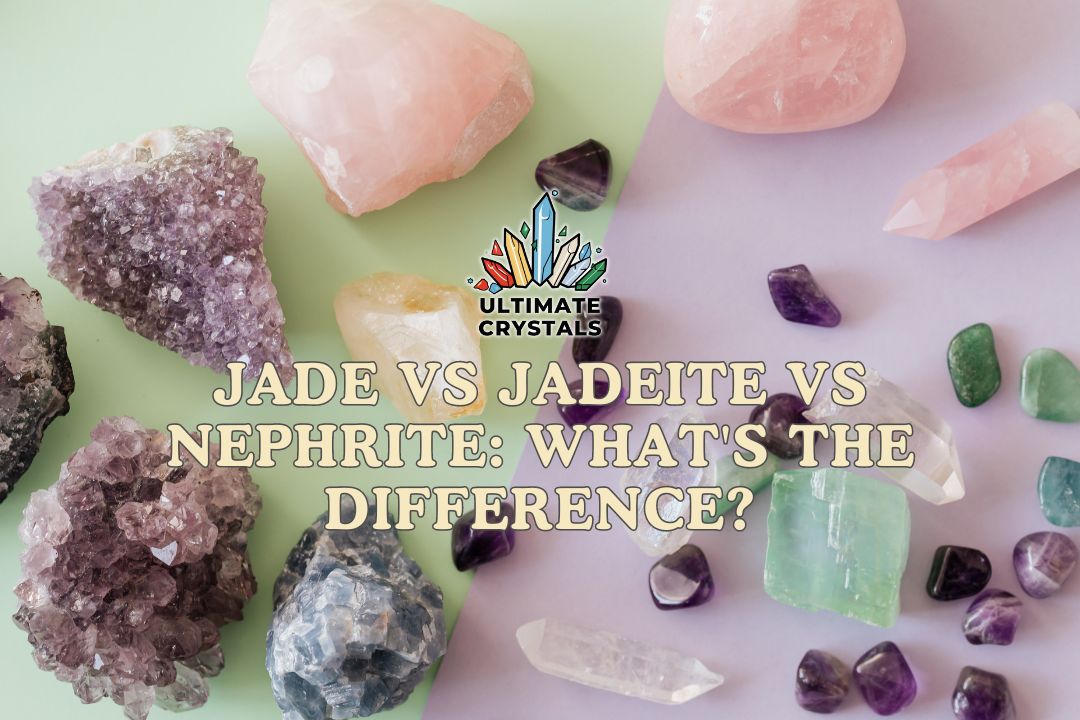
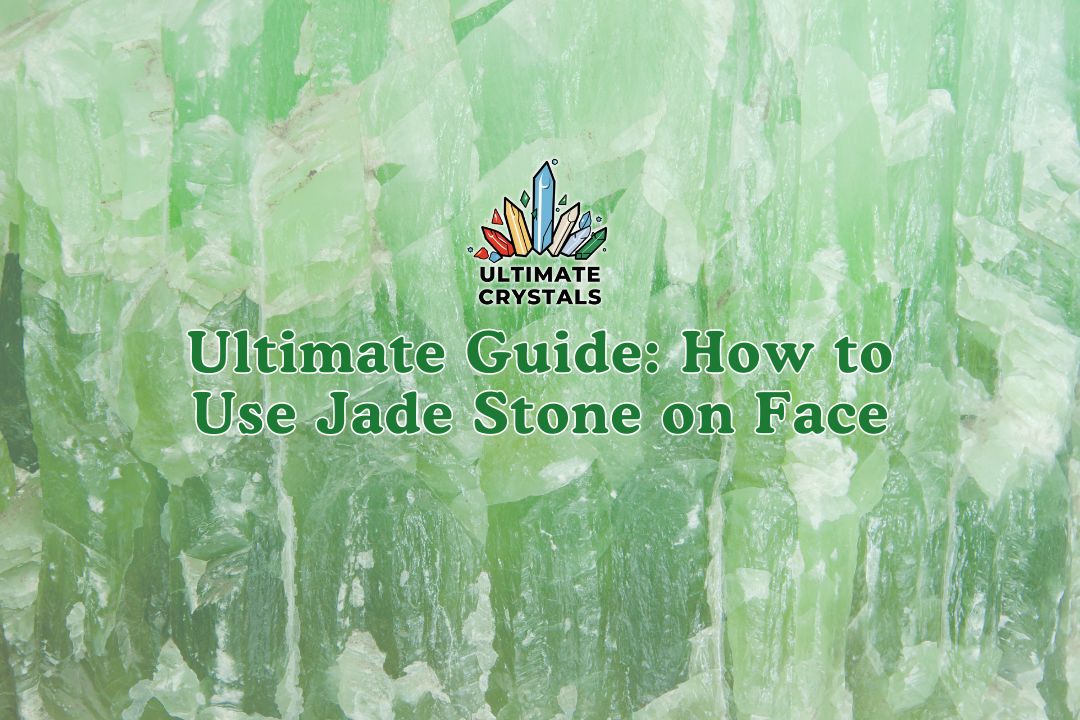
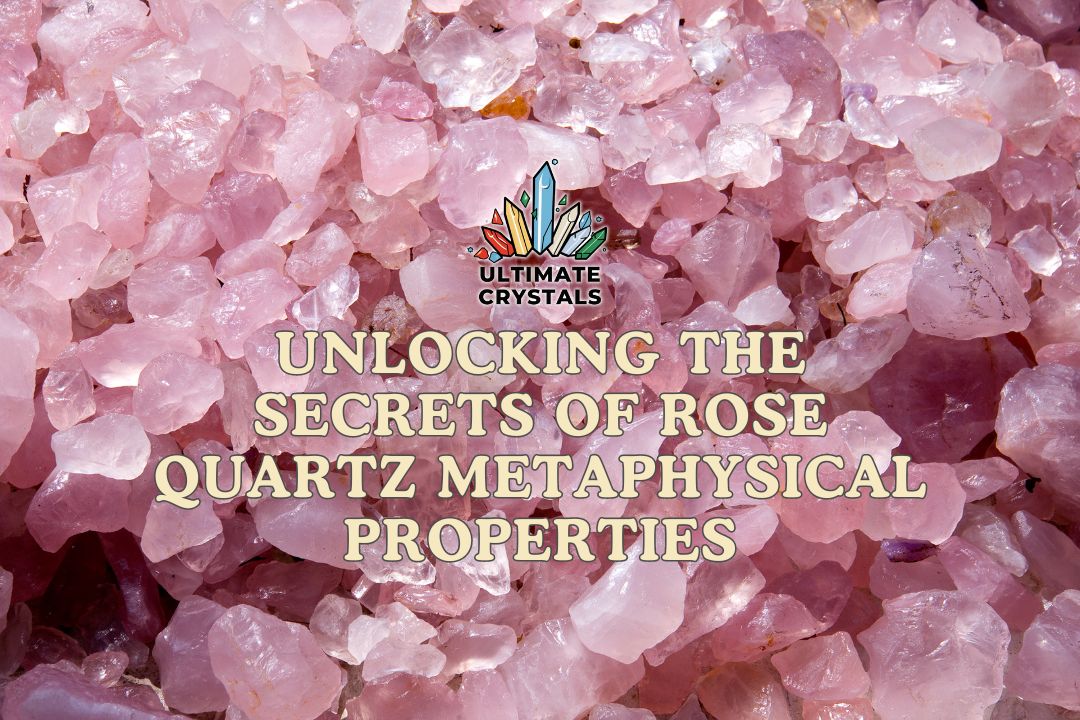
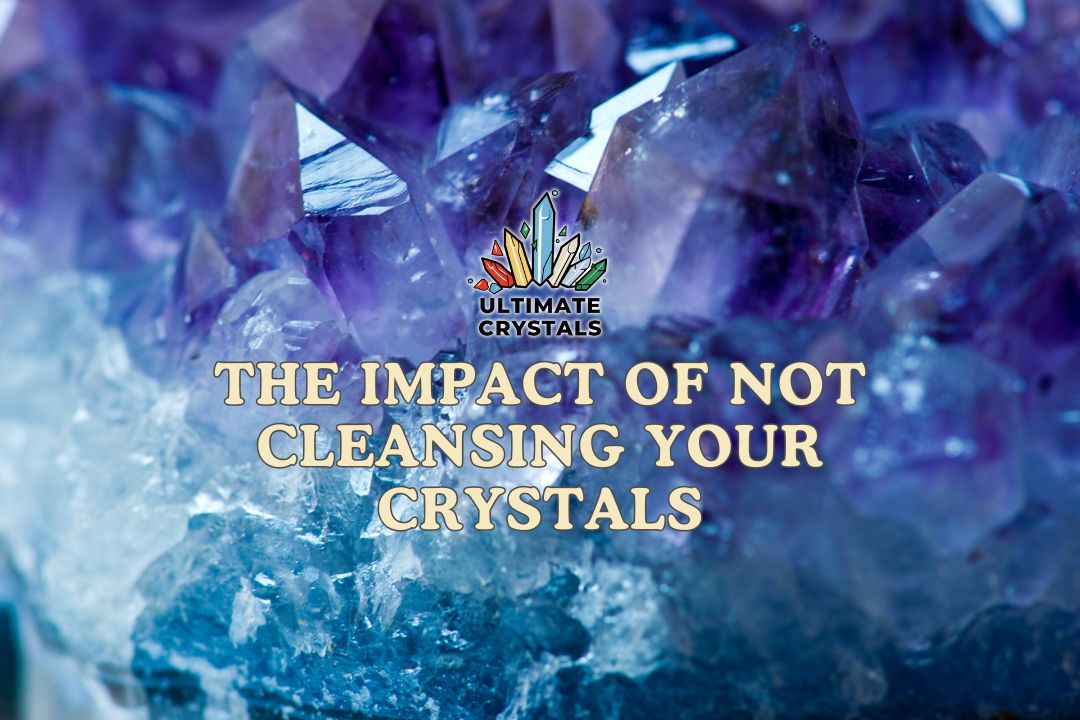
Leave a Reply